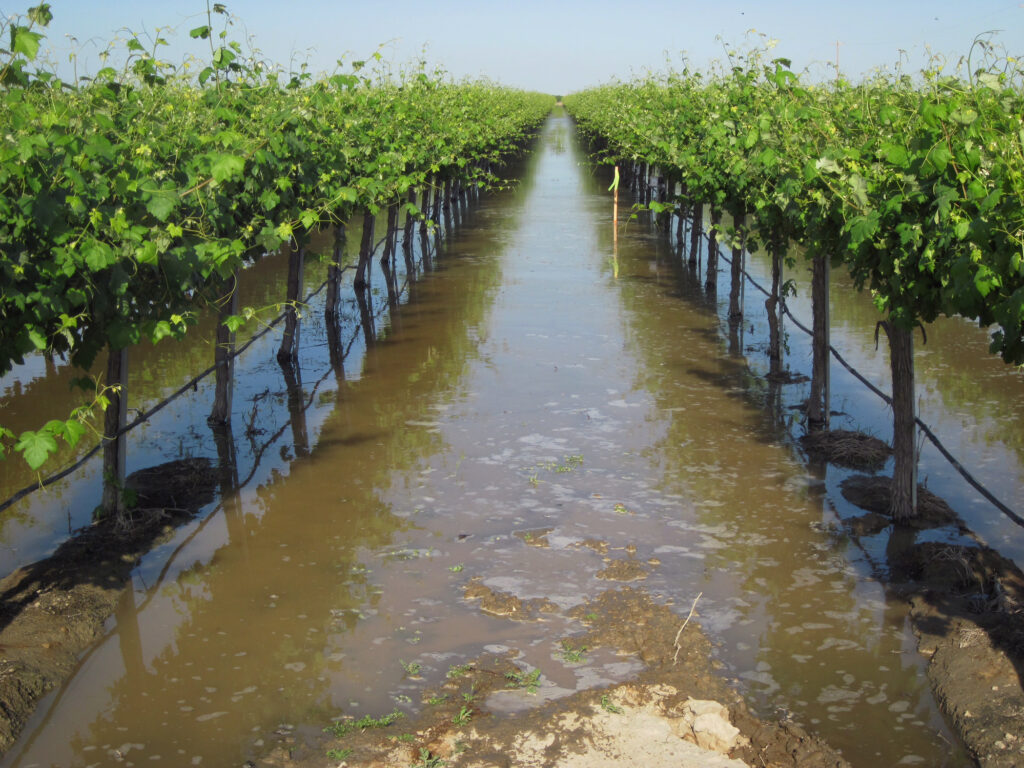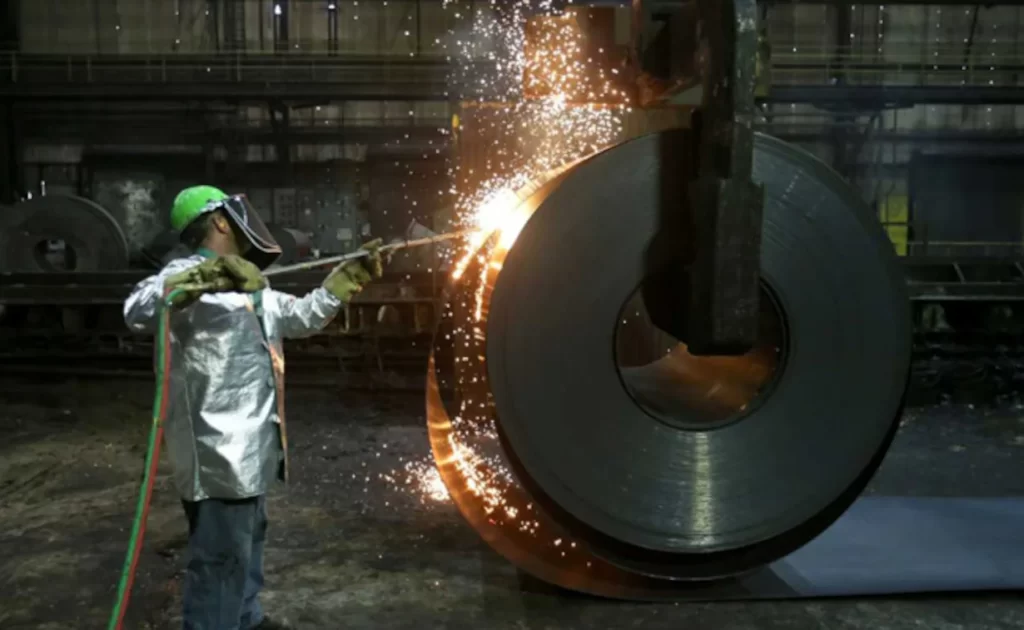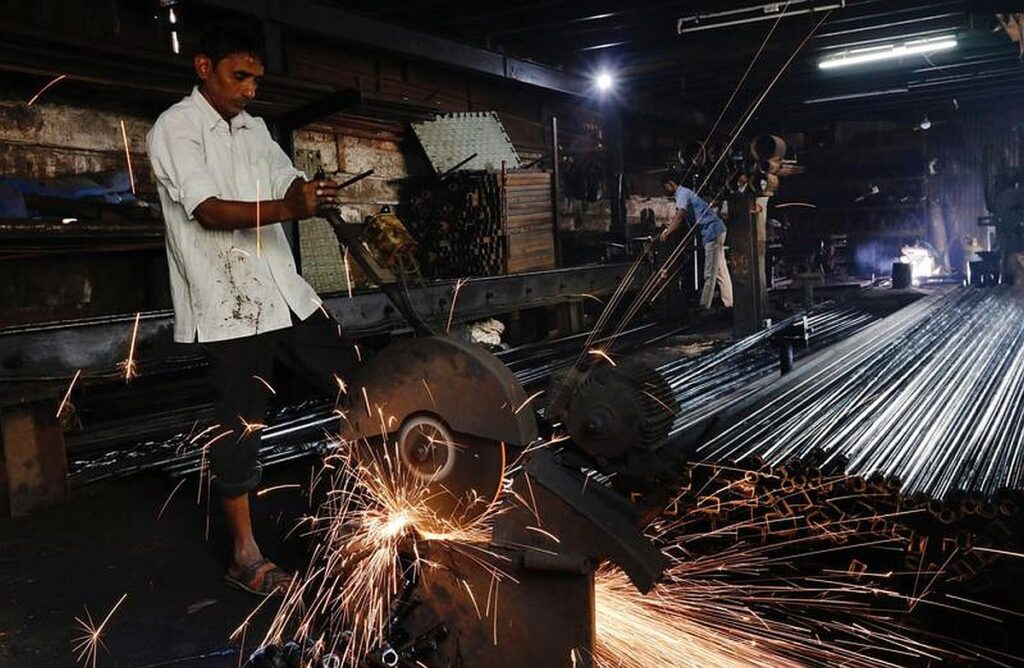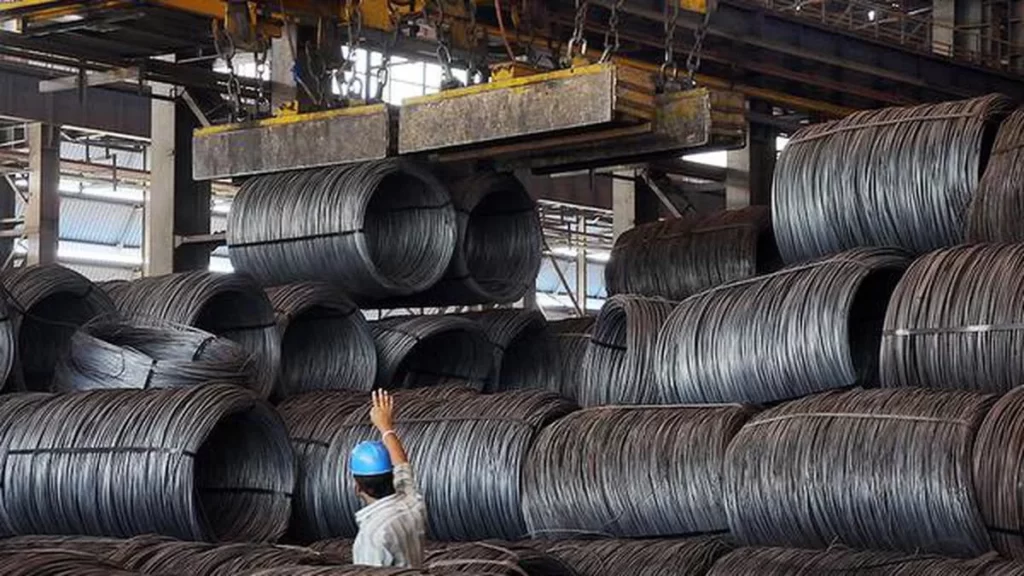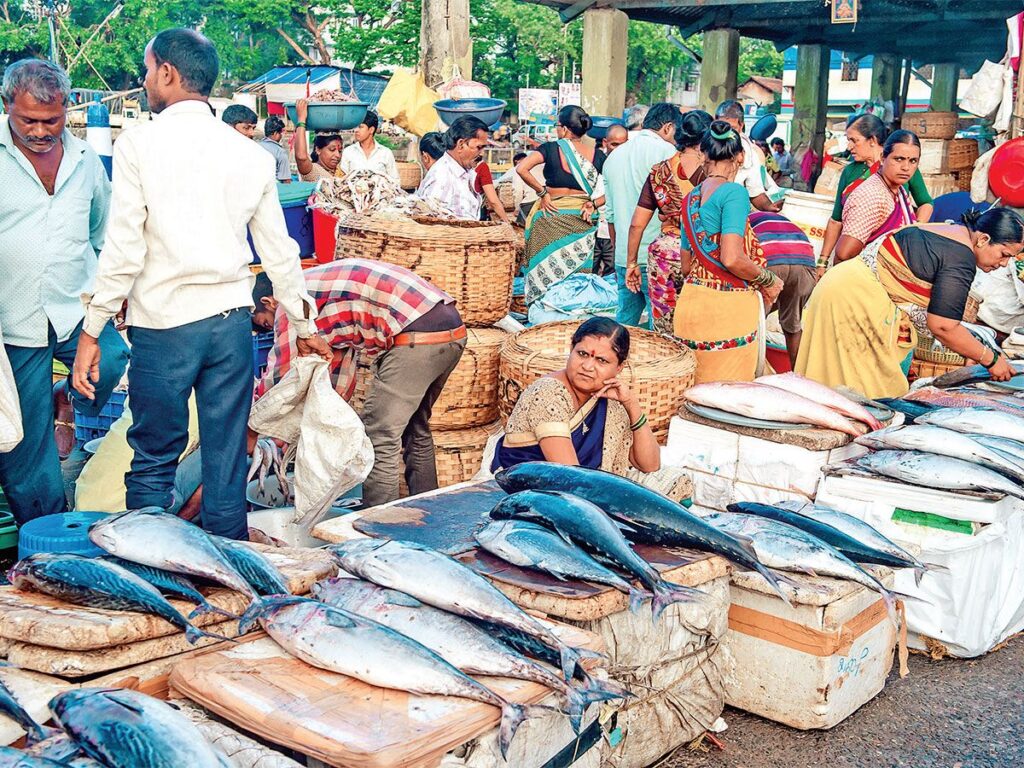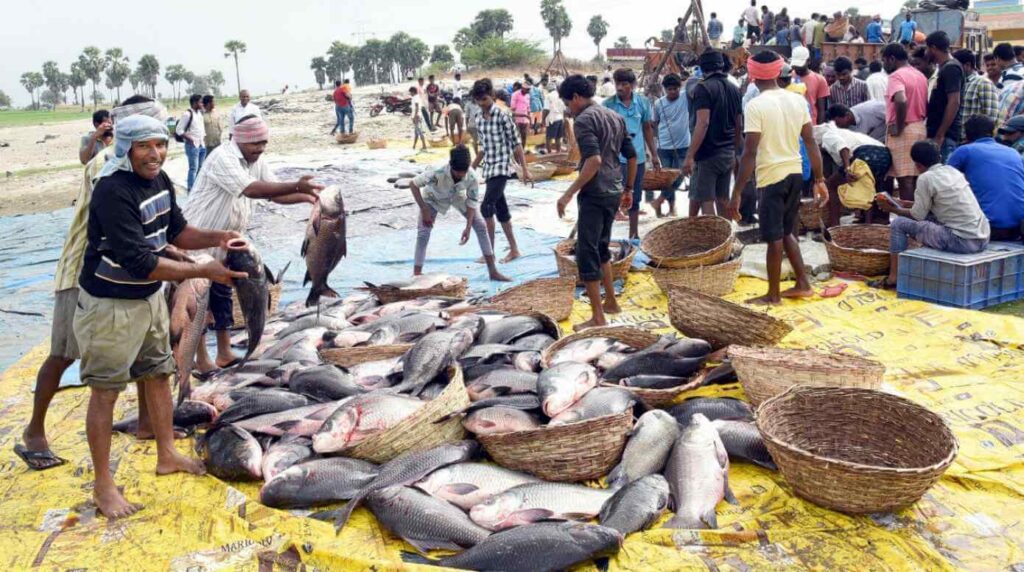Foxconn backs India’s bid to be chip manufacturing base
Backing India’s bid to become a semiconductor production base, the chairman of Taiwanese manufacturing giant Foxconn said that his country sees India as a “trusted and reliable partner”. He believes that joint work between the two nations will bolster India’s interests. Speaking at the Semicon India summit, Foxconn chairman Young Liu referenced a conversation with Prime Minister Narendra Modi. Modi had mentioned that IT stands for India and Taiwan, emphasizing Taiwan’s role as a trusted partner. Liu highlighted the challenges involved in mastering the complex manufacturing technology of chip production but expressed optimism about the determination of the Indian government. This statement is particularly significant given the global push towards a China+1 strategy and Taiwan’s issues with China.
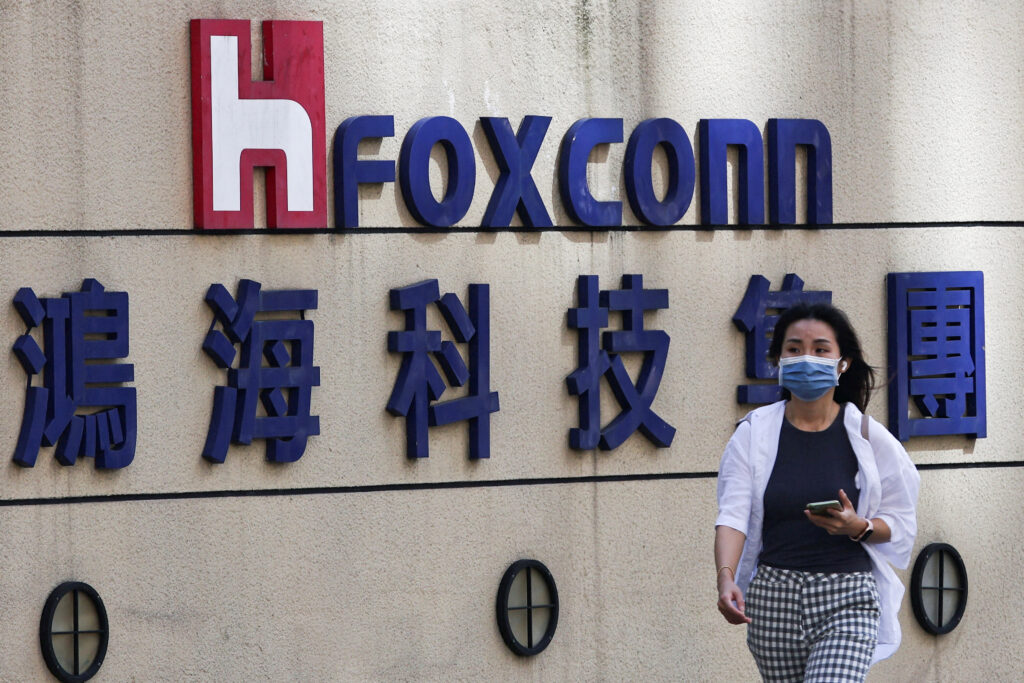
Foxconn recently ended its partnership with Anil Agarwal’s Vedanta group for setting up a semiconductor factory in India. However, Foxconn remains committed to investing in India’s nascent semiconductor industry. Liu spoke about the Taiwanese “buffalo spirit” that has contributed to the country’s global leadership in semiconductors. He believes that the same spirit can be applied to India’s chip manufacturing efforts. Liu emphasized that the reliability of a nation is crucial when undertaking the massive task of chip production, and trust is essential as India’s semiconductor work is just beginning.

Other companies also support India’s chip-making bid. Micron Technologies has made investment commitments, and globally renowned chip ventures like Applied Materials have expressed their willingness to explore India’s semiconductor bid. Sanjay Mehrotra, president and CEO of Micron Technologies, stated that their project in Gujarat has the potential to create thousands of jobs and hopes that it will spur further investment in the sector. The global semiconductor industry association SEMI expressed confidence in India’s potential, stating that geopolitics, domestic policies, and private sector capacity are aligned in India’s favor, allowing it to become a key player in semiconductor production. Ajit Manocha, president and CEO of SEMI, believes that India will be the next powerhouse in semiconductors in Asia. Anirudh Devgan, president and CEO of Cadence Design Systems, looks forward to indigenous product startups in India driving the demand and consumption of semiconductors, playing a vital role in the global market’s digital transformation.


